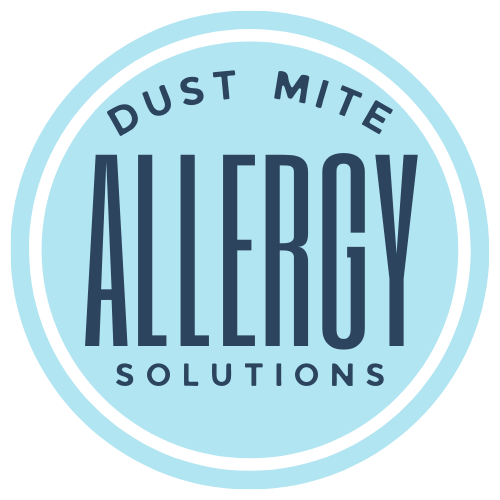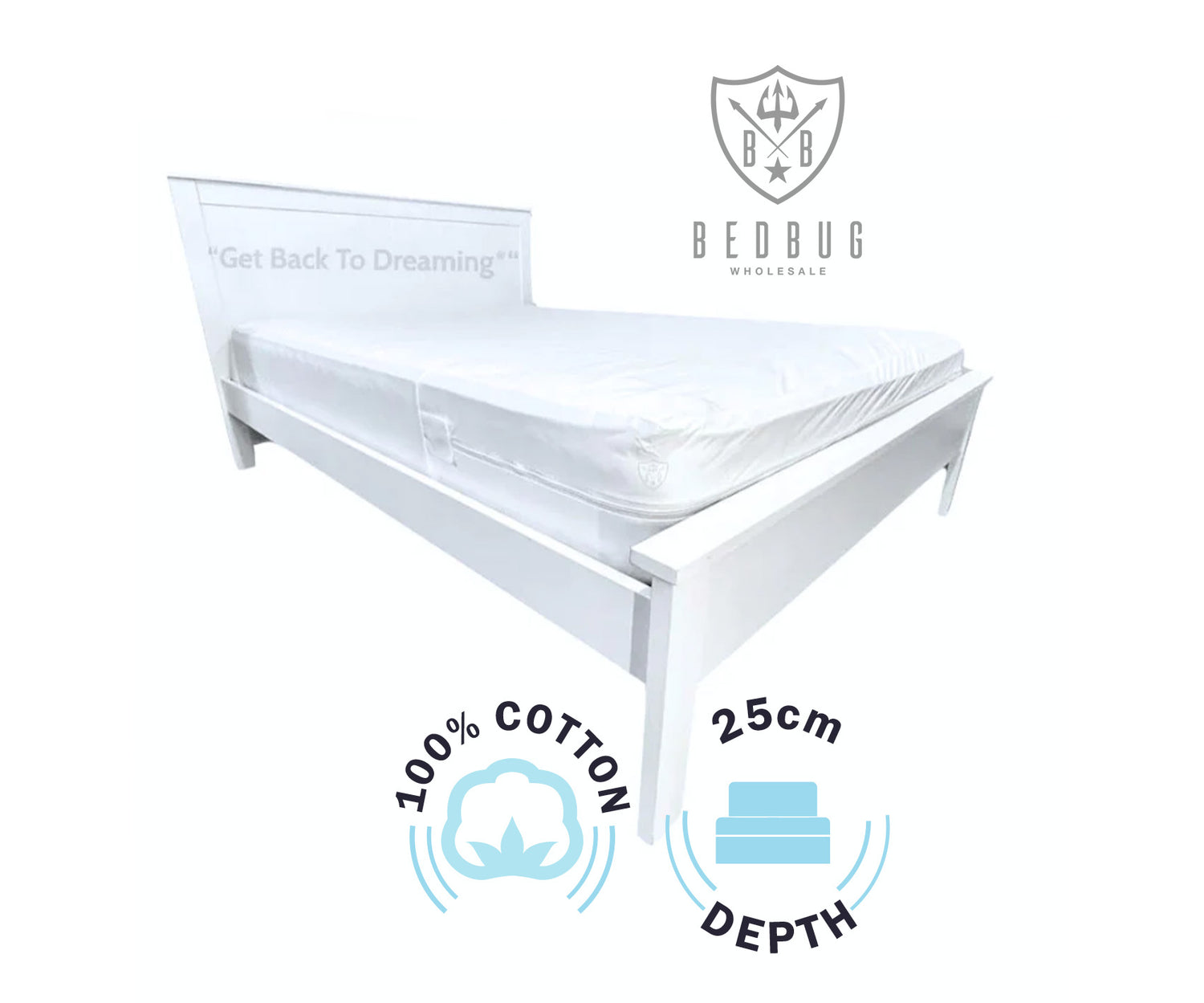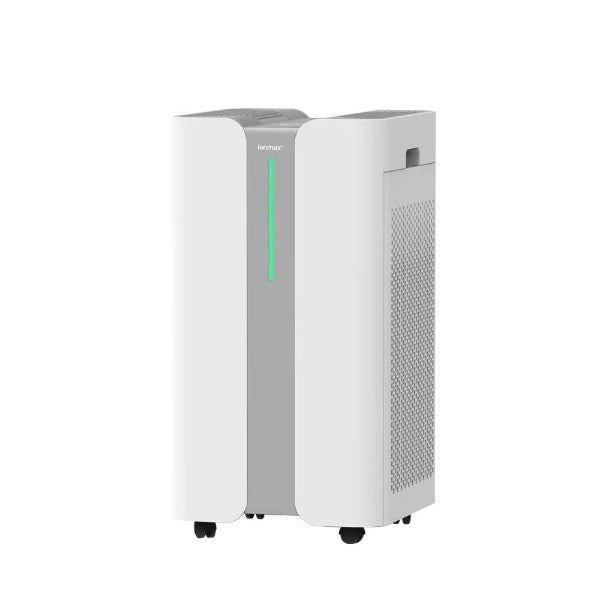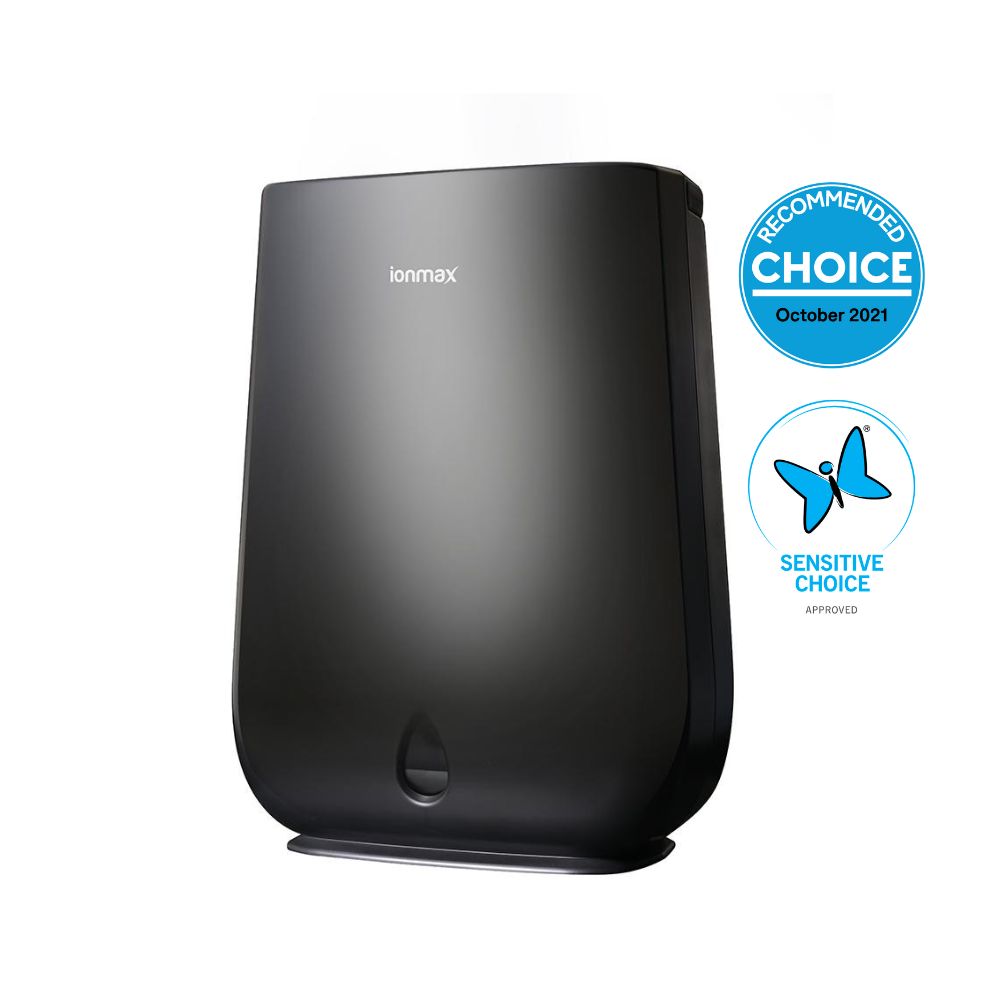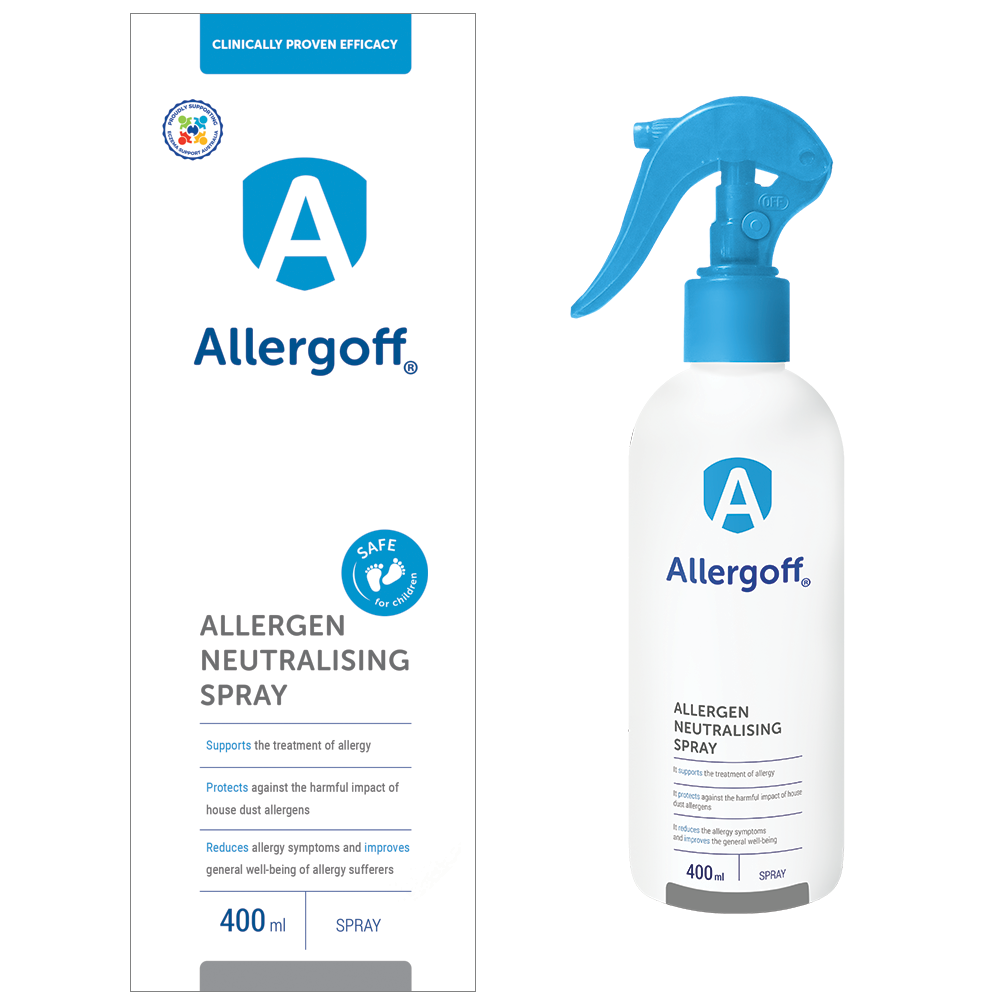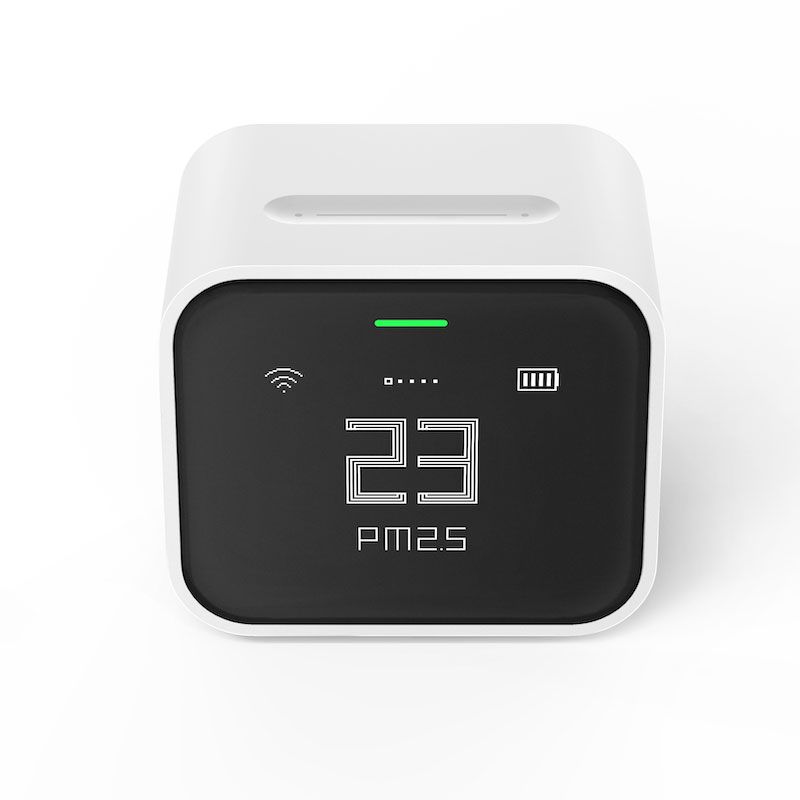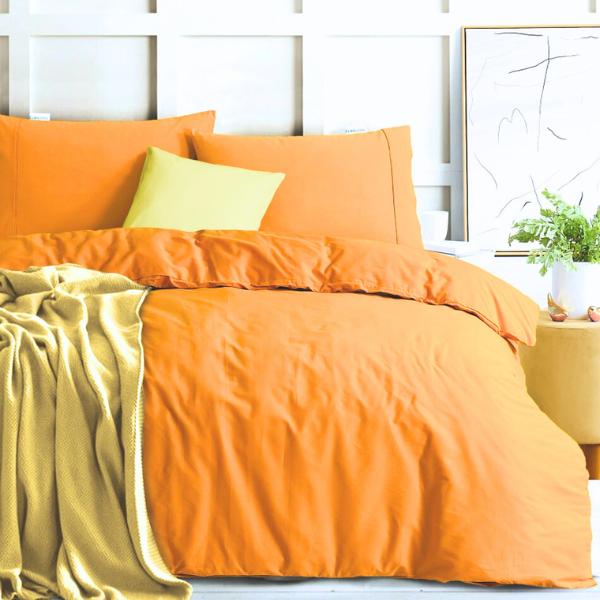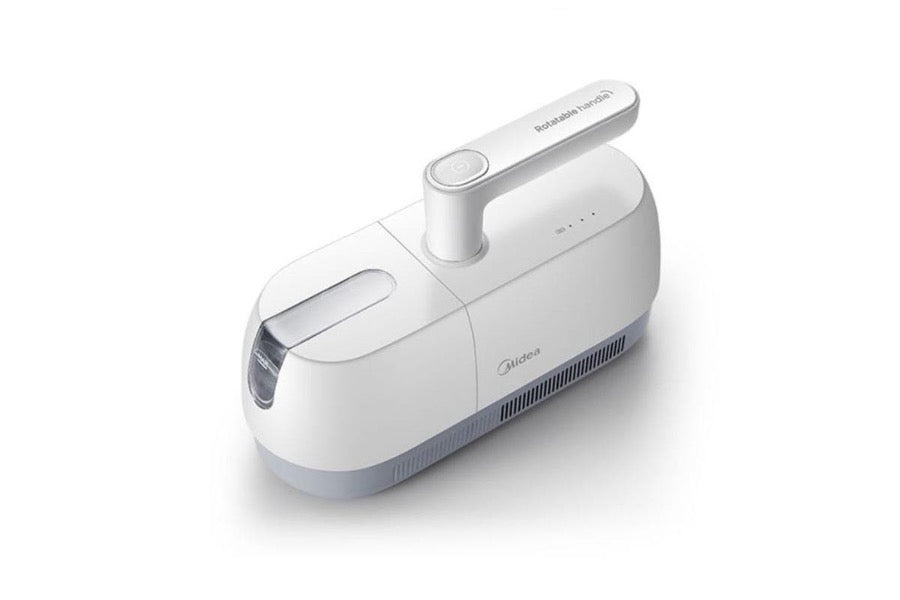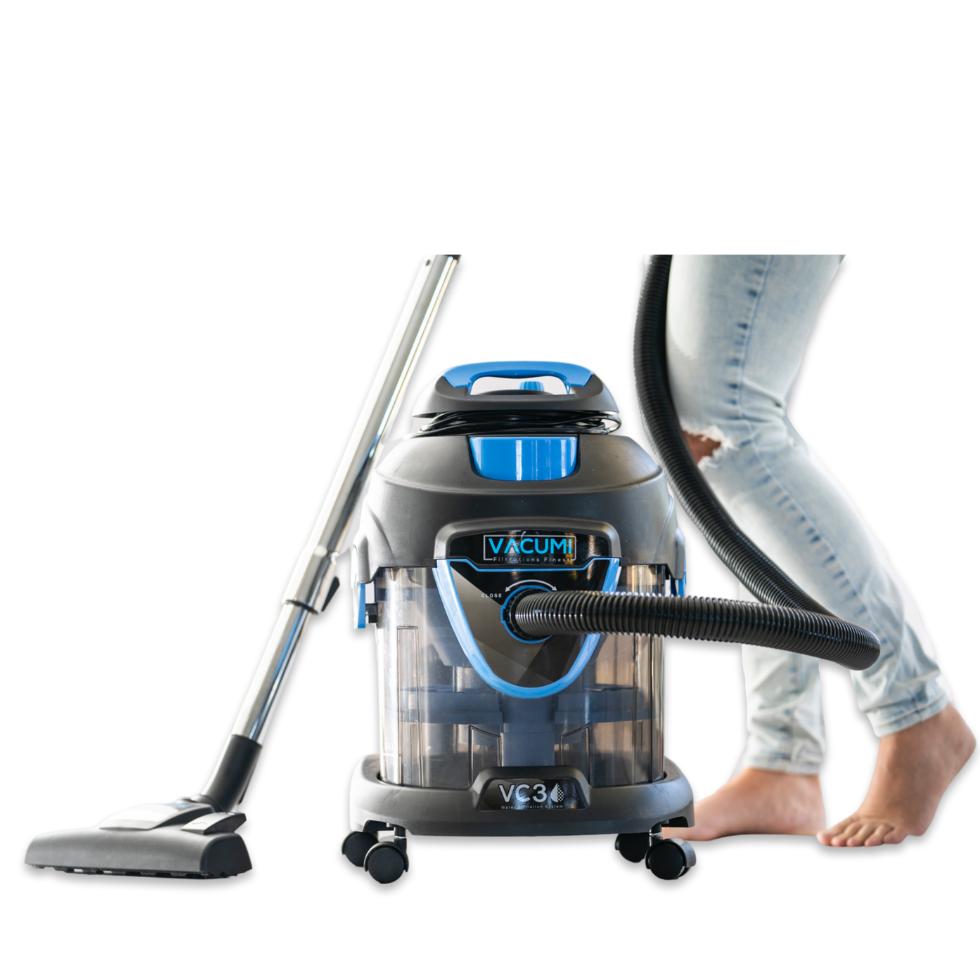Air purifiers with HEPA filter can help with dust mite allergies by filtering out dust mite particles and other allergens from the air.
Dust mites are a common indoor allergen, and their microscopic droppings can become airborne and trigger allergic reactions.
An air purifier with a HEPA filter can capture these particles, preventing them from circulating in the air and reducing the amount of allergens in the room.

Research demonstrating air purifier effectiveness
There have been several studies conducted on the effectiveness of air purifiers in reducing allergy symptoms, including those caused by dust mites. Here are a few examples:
- In a 2015 study published in the Journal of Investigational Allergology and Clinical Immunology, researchers found that using an air purifier with a HEPA filter in the bedroom led to a significant reduction in symptoms for people with allergic rhinitis (hay fever), including sneezing, nasal itching, and congestion.
- A 2016 study published in the Journal of Allergy and Clinical Immunology: In Practice found that using a HEPA air purifier in a child's bedroom for two weeks led to a significant reduction in airborne allergens, including those from dust mites, and a corresponding improvement in allergy symptoms.
- A 2018 study published in the Journal of Asthma and Allergy found that using an air purifier with a HEPA filter led to a significant reduction in symptoms and medication use for people with allergic asthma.
These studies provide evidence that air purifiers with HEPA filters can be an effective tool in reducing allergy symptoms caused by dust mites and other allergens.
However, minimising dust mite allergens in your environment should be a multi-faceted approach to be effective.
The effectiveness of an air purifier may vary depending on factors such as the size of the room, the level of airborne allergens, regular cleaning and dusting and the individual's specific allergy triggers.
Read our ideas on how to get rid of dust mite allergens in every room.
How do air purifiers work?
It's quite simple, actually. Air is drawn into the unit, passes through one or more filters that catch pollutants, and then is recirculated back into the room, cleaner than before.

How to choose an air purifier for dust mite allergies
When considering an air purifier, consider the following:
- Removing allergens - Look for a true HEPA grade filter which can capture particles as small as 0.3 microns, including dust mite droppings.
- The size of the space - What space will you be using the air purifier in? Is it a small room or a large room? Can the air purifier stay in one spot or do you prefer to move it around?
- Noise level - Will you be sleeping with the air purifier in the room or just using it during the day? Consider the different options for noise levels when comparing air purifiers.
- Smart air purifiers - these air purifiers that can be controlled using a smartphone app or other smart device.
- Consider purifiers with UV-C lights to kill bacteria and viruses.
- Another feature is Ionizer air purifiers that use negative ions to attract and remove particles from the air. Please note that ionizers are not recommended for people with respiratory conditions.
- Air Quality Indicators: Some advanced models have sensors that monitor the air quality in real time and adjust the purifying speed accordingly.
- Smart Features: Wi-Fi-enabled air purifiers can be controlled via smartphone apps, allowing you to monitor your indoor air quality and control settings remotely.
What features to consider when choosing an air purifier for dust mite allergies

When choosing an air purifier for dust mite allergies, there are several features to consider:
-
HEPA filter: Look for an air purifier with a true HEPA filter, which can capture particles as small as 0.3 microns, including dust mite droppings.
-
CADR rating: The Clean Air Delivery Rate (CADR) measures an air purifier's effectiveness in removing particles such as pollen, dust, and smoke from the air. Look for an air purifier with a high CADR rating for the size of the room where it will be used.
-
Size and coverage area: Make sure the air purifier is appropriately sized for the room where it will be used. Consider the coverage area of the purifier, which indicates how much square footage it can effectively clean.
-
Filtration stages: Look for an air purifier with multiple filtration stages, such as a pre-filter to capture larger particles, a HEPA filter to capture smaller particles, and an activated carbon filter to remove odors.
-
Noise level: Consider the noise level of the air purifier, especially if it will be used in a bedroom or other quiet space.
What types of air purifiers are available?
Air purifier market has really expanded in the last few years and there are different types of air purifiers available:
Freestanding air purifiers
Free-standing air purifiers, the most common type, are standalone units designed to clean the air in a specific area or room. These units normally don't require installation and can be easily moved from one location to another.
These purifiers typically use a combination of filters, such as HEPA for particulate matter and activated carbon for odors and gases, to remove contaminants from the air.
They are available in various sizes and capacities, suitable for personal spaces, small rooms, or larger living areas, providing a flexible solution for improving indoor air quality.

Wearable air purifiers
Wearable air purifiers are compact devices designed to be worn around the neck or attached to clothing. They work by using small fans to filter the air around the wearer, aiming to reduce pollutants, allergens, and pathogens in the wearer's breathing zone.
These personal purifiers offer convenience and portability, offering a layer of protection against airborne contaminants in personal space, especially useful in crowded or polluted environments.

Built-in air purifiers
Built-in air purifiers or are integrated directly into a home's HVAC (Heating, Ventilation, and Air Conditioning) system or are part of a structured air handling unit.
These systems clean and purify the air as it circulates throughout the building, offering a whole-house solution. They typically utilise a combination of filtration methods, including HEPA filters for particles and activated carbon filters for odors and gases.
Built-in air purifiers are designed to provide continuous air purification and are especially effective for individuals with allergies, asthma, or concerns about indoor air quality.

Will an air purifier completely get rid of dust mites in the house?
An air purifier can help to reduce the concentration of dust mite allergens in the indoor air, but it is not a guaranteed solution for eliminating dust mites from the home.
An air purifier with a HEPA filter can capture dust mite droppings, but it will not eliminate the source of the allergen, which is the dust mites themselves. To reduce the number of dust mites in the home, it is important to take multiple steps to reduce dust and control humidity levels.
By combining an air purifier with these dust mite reduction measures, you can create an environment that is less hospitable to dust mites and reduce the concentration of dust mite allergens in the air.

What is a HEPA filter?
A HEPA filter is a type of air filter that can trap very small particles from the air, including dust, pollen, mold, and some bacteria. It's designed to capture 99.97% of particles that are 0.3 microns in size, making it highly effective for improving air quality.
Types of HEPA filters for air purifiers for dust mites
The key difference among these filters is their efficiency at capturing particles. True HEPA filters are highly efficient for home and medical use, HEPA-type filters are less efficient but more affordable, and medical-grade HEPA 13 offer the highest levels of air purification.
When selecting a HEPA filter, it's crucial to consider the specific needs of your home or facility. For those with severe allergies, asthma, or other respiratory conditions, investing in a purifier with a True HEPA or medical-grade HEPA filter is beneficial. For everyday use and less critical applications, a HEPA-type filter can provide adequate air purification at a more affordable price point.

HEPA (High-Efficiency Particulate Air) filter
- Standard: Captures 99.97% of particles 0.3 microns in diameter.
- Use: Ideal for homes, hospitals, and labs.
- Benefits: Reduces allergens, dust, pollen, and mold.
HEPA 11
- Efficiency: Traps at least 95% of 0.3-micron particles.
- Use: Suitable for residential air purifiers and HVAC systems.
- Benefits: Good for moderate allergies; balances efficiency and cost.
HEPA 13 (True HEPA)
- Efficiency: Captures at least 99.97% of particles 0.3 microns in diameter.
- Use: Essential in medical settings, high-quality air purifiers.
- Benefits: Excellent for severe allergies and asthma; top-tier air purification.
HEPA 14
- Efficiency: Traps 99.995% of 0.3-micron particles.
- Use: Used in cleanrooms, pharmaceutical manufacturing.
- Benefits: Provides the highest level of air purification; best for critical applications.
Maintenance and operating costs
Consider how often the air purifier filters need to be replaced and the cost of replacements. Some air purifiers also have washable pre-filters which can help save on maintenance costs. Be aware of the overall operating costs, including energy consumption.
Air purifier or dehumidifier for dust mites?
For managing dust mite allergies, both air purifiers and dehumidifiers can be effective. An air purifier filters out dust and other allergens from the air, addressing the food source of dust mites, while a dehumidifier reduces indoor humidity levels, making the environment less favourable for dust mites to thrive.
If your indoor space has humidity issues, using both devices together could offer the most protection against dust mites

Other ways to get rid of allergens in your house
Dealing with dust mites can seem like a never-ending battle, but it's one that can be won.
Air purifiers play a crucial role in this fight, offering a way to significantly reduce dust mite allergens in your home.
By choosing the right air purifier, maintaining it properly, and combining its use with other dust mite reduction strategies, you can create a healthier living environment free from the tyranny of these tiny critters.
Find out more ideas for dust mite allergy solutions.
